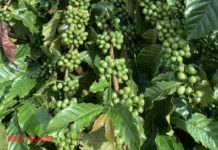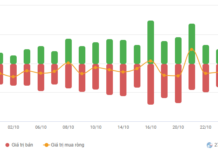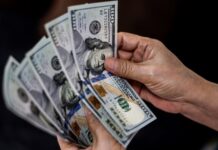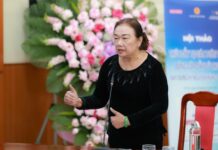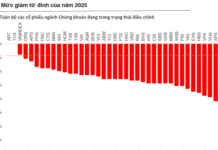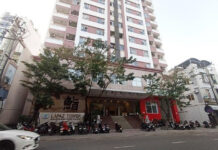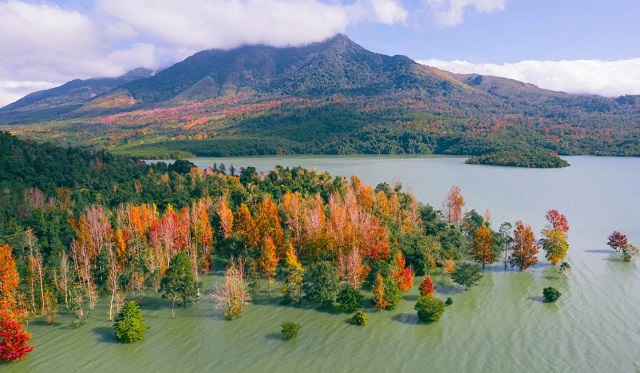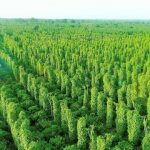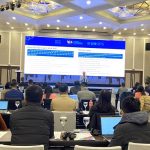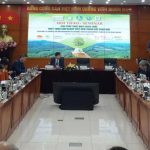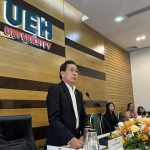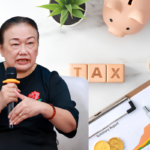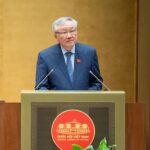According to the Department of Agriculture and Rural Development on July 15, 2024, the Department of Agriculture and Rural Development issued Document No. 2316/SNN-KHTC on preparing content for working with VinaCapital Group on a project to produce bio-coal from forest by-products and a project for sustainable forest development.
For the project to produce bio-coal from forest by-products, according to the Department of Agriculture and Rural Development, the project will use raw materials from forest production by-products such as small branches, leaves, tree roots, etc., left on the ground after each harvest to produce bio-coal. Through monitoring, it is observed that the actual exploitation of production forests in the province, the process of exploiting by-products (small branches, leaves, tree roots, etc.) left behind accounts for about 15% of the total forest reserves, which does not generate income for forest owners.
If the project is implemented, it will consume these by-products, generate more income for forest owners, contribute to the socio-economic development of the locality, and the increasing demand for purchasing these raw materials will promote the expansion of the area of production forests on uncultivated forest land, develop forestry production (from the stages of seedlings, planting, caring, to forest exploitation, etc.) thereby contributing to increasing the forest cover rate, creating many direct and indirect jobs for local laborers, contributing to increasing the added value of production forests, bringing profits to enterprises, as well as increasing budget revenue in the province.
For the sustainable forest development project: The implementation of activities to extend the wood exploitation cycle of planted forests will increase the supply of large, high-value wood from planted forests, in line with the goal of improving productivity, quality, and economic efficiency of forests.
Assessing the suitability of the projects for the sector’s development planning, the Department of Agriculture and Rural Development considers that the above two projects are in line with the goals and orientations for the province’s forestry development in the period of 2019-2025, with a vision to 2030.
According to the Department of Agriculture and Rural Development, Quang Tri province has a total area of forests and planned forest development land of 277,899 ha; of which: forest area is 248,190 ha (natural forest is 126,694 ha, planted forest is 121,495 ha), planned forest development land is 29,710 ha. The forest coverage rate of the whole province is stable, reaching 49.4% in 2023. Forest trees have the function of absorbing and storing carbon, thereby Quang Tri province with a large forest area is a locality with potential in the field of providing carbon credits from forests. Natural forests with good forest quality will be able to absorb CO2 better than planted forests and agricultural trees. By investing in forest development and environmental protection to reduce or prevent greenhouse gas emissions, we will directly contribute to environmental protection and create positive changes for the future.
With a large forest area and high CO2 absorption capacity, Quang Tri province has potential in selling carbon credits in the coming time, according to the Department of Agriculture and Rural Development’s assessment.
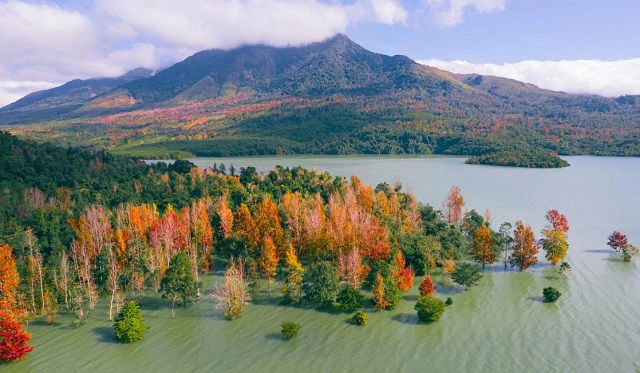
The forests along Quang Tri hydroelectric lake. Photo: Thanhnien
|
Tien Vu
Low-carbon economic development: The “must-haves” for achieving a circular economy.
With a commitment to achieving net-zero emissions in Vietnam by 2050 and a commitment to combating deforestation in accordance with the EU Forest Law Enforcement, Governance and Trade (FLEGT) regulations by the end of 2024, we aim to move towards a low-carbon economy, paving the way for circular economic development for businesses.
Businesses Lack Understanding of ETS and Carbon Market
Only 57.38% of businesses are currently preparing to build a greenhouse gas emission reduction plan, nearly 28% already have a greenhouse gas emission reduction plan, over 50% of businesses have heard of ETS and the carbon market but are not familiar with the basic operating principles, only 1.27% of businesses understand how ETS and the carbon market work…
Urgent completion of forestry planning in the new context
After 3 years of implementing the Forestry Strategy, the forestry production structure has shifted towards increasing value-added. However, the passing of the Land Law (amended) has brought about new challenges, requiring the forestry industry to adapt and introduce new regulations, policies, and solutions.
Ho Chi Minh City offers unique advantages for developing the voluntary carbon credit market
The voluntary carbon market is considered to be one of the key tools in ensuring the fulfillment of commitments in reducing greenhouse gas emissions by 45% by 2030 and achieving net-zero emissions by 2050. Participating in the voluntary carbon credit market presents numerous opportunities and challenges for Ho Chi Minh City.

